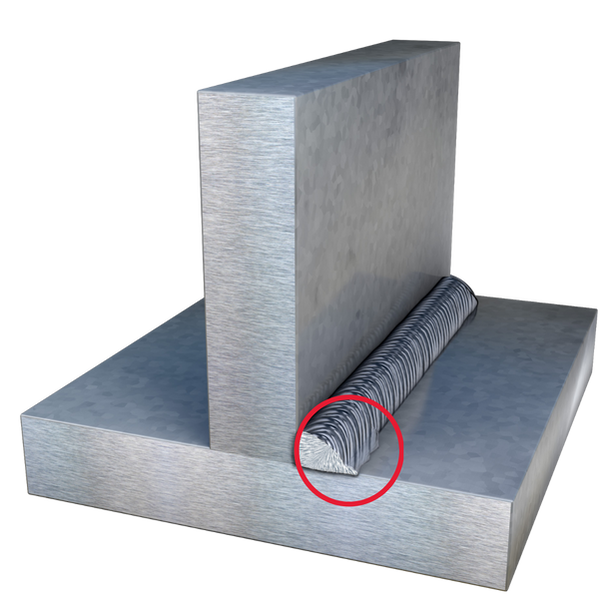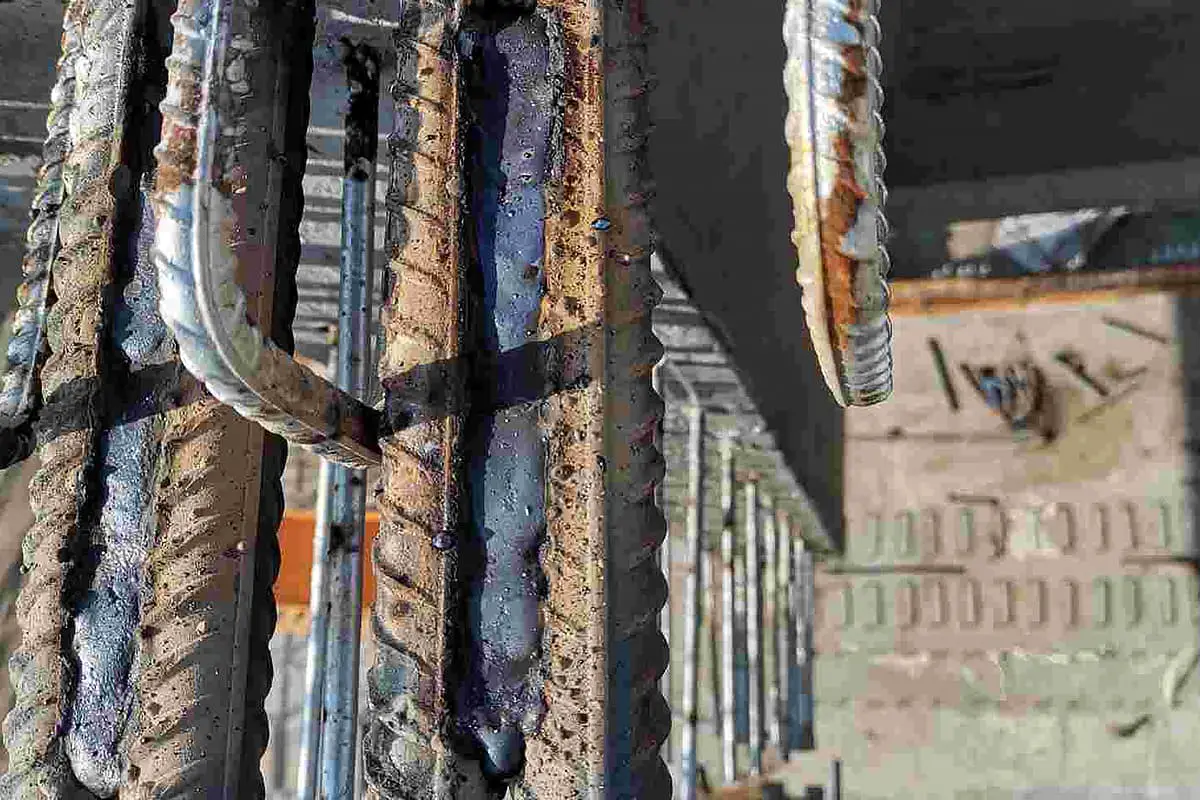Preventing Weld Undercut Made Easy: Secret Techniques Revealed
Preventing Weld Undercut Made Easy: Secret Techniques Revealed
Blog Article
Essential Tips for Welders: Protecting Against Undercut Welding and Ensuring Stronger Weld Joints
In the world of welding, attaining solid and long lasting weld joints is the foundation of producing premium work. One common challenge that welders frequently encounter is undercut welding, which can jeopardize the integrity of the weld joint.

Comprehending Undercut Welding
Undercut welding is a typical welding issue that happens when the weld metal falls short to properly fill up the groove and causes a groove-like depression along the weld bead. This flaw deteriorates the weld joint, making it at risk to cracking and failure under anxiety. Damaging can be created by numerous factors, consisting of excessive welding current, high welding speed, improper electrode angle, incorrect electrode size, and poor welding technique.
Among the main reasons for undercut welding is an imbalance in between the welding existing and the welding rate. If the welding current is also high or the welding rate is also quickly, the weld steel may not effectively load the groove, causing damaging. Furthermore, utilizing an electrode that is too large can cause a comparable result, as the excess metal can not correctly flow right into the groove.
To avoid undercut welding, welders need to guarantee they are utilizing the correct welding parameters, keep an appropriate electrode angle, select the suitable electrode size, and practice correct welding techniques. By dealing with these factors, welders can decrease the danger of undercutting and develop stronger, much more reputable weld joints.
Proper Welding Strategy
Effective welding strategy plays a critical function in guaranteeing the quality and stability of weld joints. Proper welding method involves a combination of ability, accuracy, and adherence to best techniques. One essential facet of appropriate welding technique is preserving the proper angle and distance in between the welding gun and the workpiece. Welders must likewise pay attention to the travel rate and warmth input to stop concerns like undercutting, porosity, or incomplete blend.
Additionally, a constant and consistent hand activity is essential for creating strong and resilient weld joints. Welders should aim for smooth, uniform motions to make sure also circulation of the weld material. Correct adjustment of the welding weapon and filler product is additionally crucial to attaining optimal penetration and fusion.
Furthermore, controlling the heat input and selecting the appropriate welding parameters based on the product being bonded are essential factors in attaining high-quality welds - Preventing weld undercut. Welders should follow the advised setups offered by welding procedure specifications and readjust them as required based upon the particular requirements of the task. By understanding proper welding techniques, welders can significantly boost the stamina and reliability of their weld joints
Choosing the Right Electrode
When taking into consideration the value of choosing the appropriate electrode in welding applications,Preserving the correct angle and range between the welding weapon and the workpiece is basic. The choice of electrode plays an essential duty in figuring out the high quality and strength of the weld joint. Electrodes are available in various types, each made for details functions and products.
Firstly, choosing the appropriate electrode diameter is crucial. Thinner electrodes appropriate for welding thin materials, while thicker electrodes are much better for thicker materials and higher heat applications. Matching the electrode diameter to the thickness of the work surface aids accomplish a balanced weld.
Second of all, recognizing the material structure of the electrode is important. Various electrodes are designed for welding particular materials like steel, stainless-steel, light weight aluminum, or cast iron. Making use of the appropriate electrode product makes certain good fusion and reduces the danger of flaws in the weld.
Last but not least, considering the welding position and technique is important when selecting the electrode kind. Certain electrodes are much better matched for upright or above welding positions, while others work well for level or straight settings. Picking the ideal electrode based on the welding strategy improves the general weld quality and stability.
Preparing the Base Metal
To ensure an effective welding process, what preliminary steps should be taken when preparing the base steel additional info for welding? Additionally, any type of existing weld material or deposit from previous welding must be eliminated to make sure a tidy surface for the brand-new weld.

Performing Post-Weld Assessments

After performing these analyses, welders must compare the results versus sector criteria redirected here and project needs to ensure that the weld joint satisfies all needed standards. Any kind of inadequacies or variances discovered during the post-weld evaluation must be immediately resolved via ideal corrective measures to assure the weld's honesty. By faithfully performing post-weld inspections and promptly addressing any concerns, welders can promote the high quality and dependability of their work, ultimately adding to the safety and security and long life of the bonded frameworks.
Final Thought

Finally, preventing undercut welding and ensuring more powerful weld joints need a combination of proper welding strategy, selecting the right electrode, preparing the base steel appropriately, and carrying out post-weld evaluations. By comprehending the root causes of undercut welding and executing the necessary preventative measures, welders can generate top notch weld joints that satisfy industry requirements and guarantee the architectural stability of the welded elements.
Undercut welding is a common welding defect that happens when the weld metal stops working to correctly load the groove and results in a groove-like anxiety along the weld grain (Preventing weld undercut). Undercutting can be triggered by numerous aspects, consisting of extreme welding existing, high welding speed, inappropriate electrode angle, incorrect electrode dimension, and bad welding strategy
One of the primary factors for undercut welding is a discrepancy in between the welding existing and the welding rate. If the welding current is as well high or the welding speed is as well fast, the weld metal might not effectively fill the groove, leading to undercutting.Preserving the correct angle and distance in between the welding weapon and the workpiece is fundamental when taking into consideration the importance of picking the ideal electrode in welding applications.
Report this page